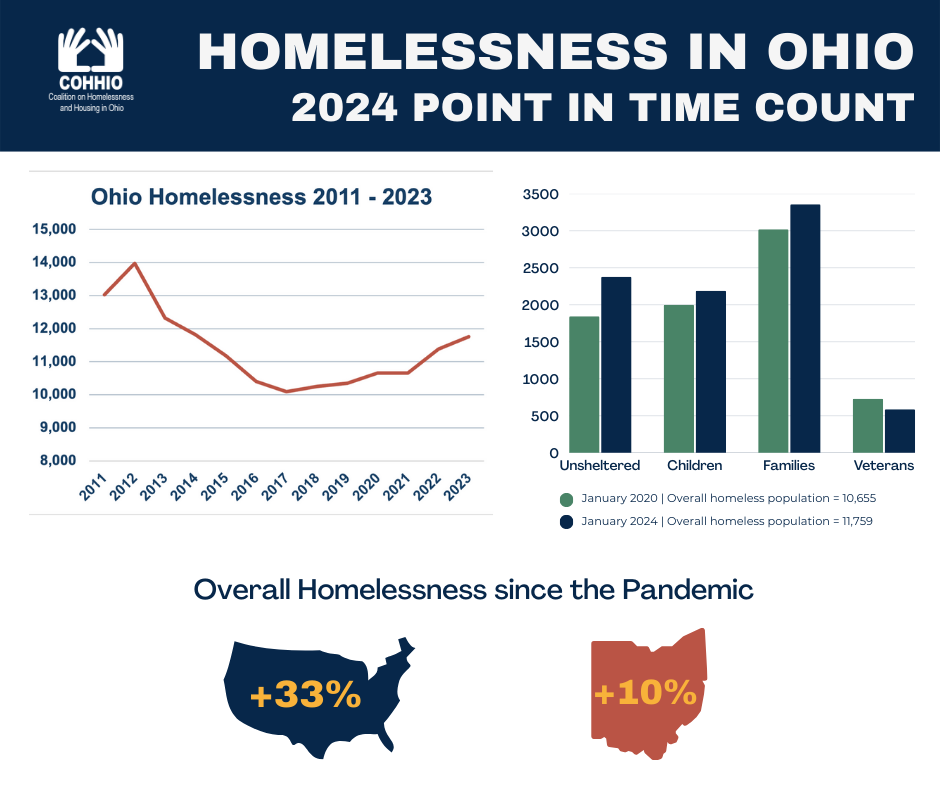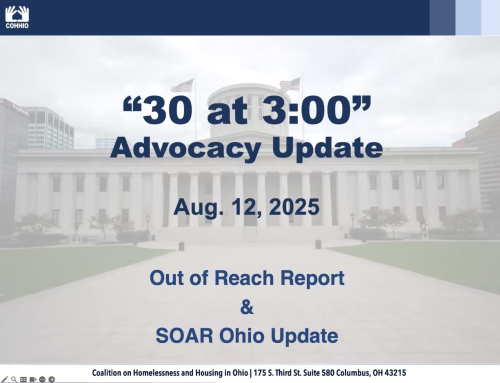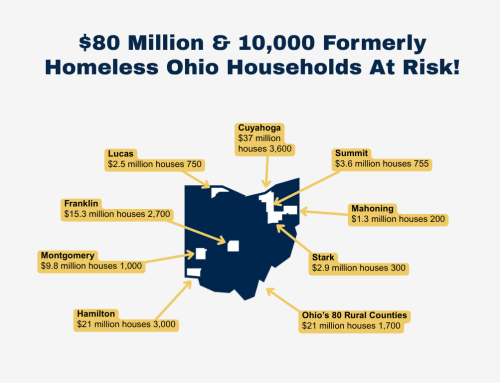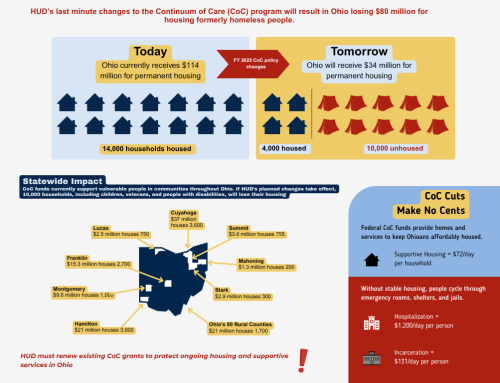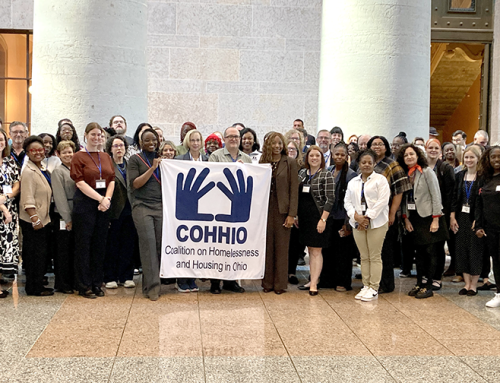HUD’s recent 2024 Annual Homeless Assessment Report shows overall homelessness in Ohio increased 3% last year to 11,759. While any increase in homelessness is concerning, it’s considerably less than the 18% increase in homelessness nationally.
(Download the 2024 Homelessness in Ohio fact sheet.)
Ohio’s slower increase is the result of several factors:
- Ohio has generally done a good job building a functional homeless response system with minimal resources;
- Many communities have adopted effective housing first policies that combine housing with services necessary to keep people stably housed, and;
- Housing costs in Ohio are generally lower than than many other states, where extremely high rents are driving significant growth in their homeless rates.
The affordable housing shortage exacerbated by the pandemic is driving the increase in Ohio and nationally, and has changed who and how people experience homelessness. In Ohio, since January 2020 homelessness among children increased 10% and the number of families experiencing homelessness has increased 11%.
Veteran homelessness is the one group that has decreased since the pandemic. The number of homeless veterans dropped 19% since 2020 thanks to adequate federal funding, a robust housing first approach for this population, and effective multi-agency collaboration.
Ohio’s highly visible unsheltered population has increased 29% since the pandemic, making it appear that homelessness is increasing faster than it is. But the fact is, nearly 80% of Ohio’s homeless population is in shelter or transitional housing.
The 2024 Point in Time count data shows that Ohio is doing some things right, but we need to invest more in affordable housing and services to avoid the steep increases in homelessness afflicting the rest of the country. For example, COHHIO is supporting the Home Matters to Ohio platform to increase access to affordable housing and reduce the pipeline into homelessness. These measures include stabilizing the Ohio Housing Trust Fund and supporting families facing eviction. We are also urging state leaders to maintain Medicaid expansion and support stability services for supportive housing through a Medicaid waiver.
Data Note: The PIT count estimates the number of people experiencing homelessness on one day in January. While it is an undercount, the data do indicate trends in the homeless population over time.
